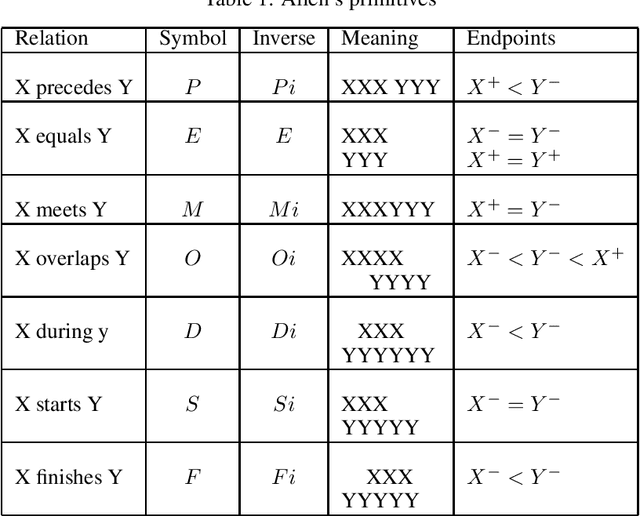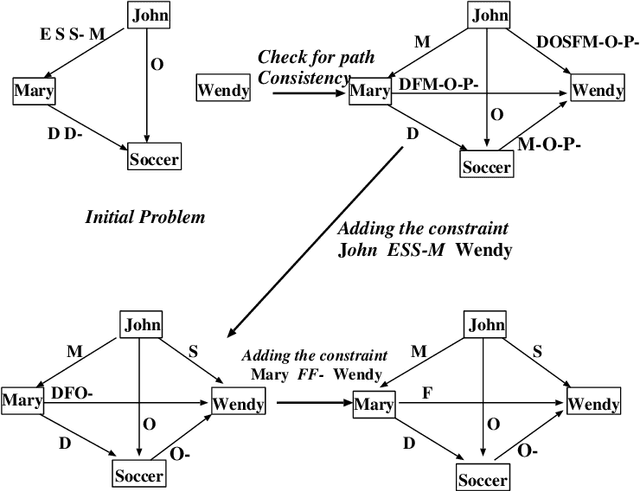Exact Learning of Qualitative Constraint Networks from Membership Queries
Paper and Code
Sep 23, 2021



A Qualitative Constraint Network (QCN) is a constraint graph for representing problems under qualitative temporal and spatial relations, among others. More formally, a QCN includes a set of entities, and a list of qualitative constraints defining the possible scenarios between these entities. These latter constraints are expressed as disjunctions of binary relations capturing the (incomplete) knowledge between the involved entities. QCNs are very effective in representing a wide variety of real-world applications, including scheduling and planning, configuration and Geographic Information Systems (GIS). It is however challenging to elicit, from the user, the QCN representing a given problem. To overcome this difficulty in practice, we propose a new algorithm for learning, through membership queries, a QCN from a non expert. In this paper, membership queries are asked in order to elicit temporal or spatial relationships between pairs of temporal or spatial entities. In order to improve the time performance of our learning algorithm in practice, constraint propagation, through transitive closure, as well as ordering heuristics, are enforced. The goal here is to reduce the number of membership queries needed to reach the target QCN. In order to assess the practical effect of constraint propagation and ordering heuristics, we conducted several experiments on randomly generated temporal and spatial constraint network instances. The results of the experiments are very encouraging and promising.
 Add to Chrome
Add to Chrome Add to Firefox
Add to Firefox Add to Edge
Add to Edge